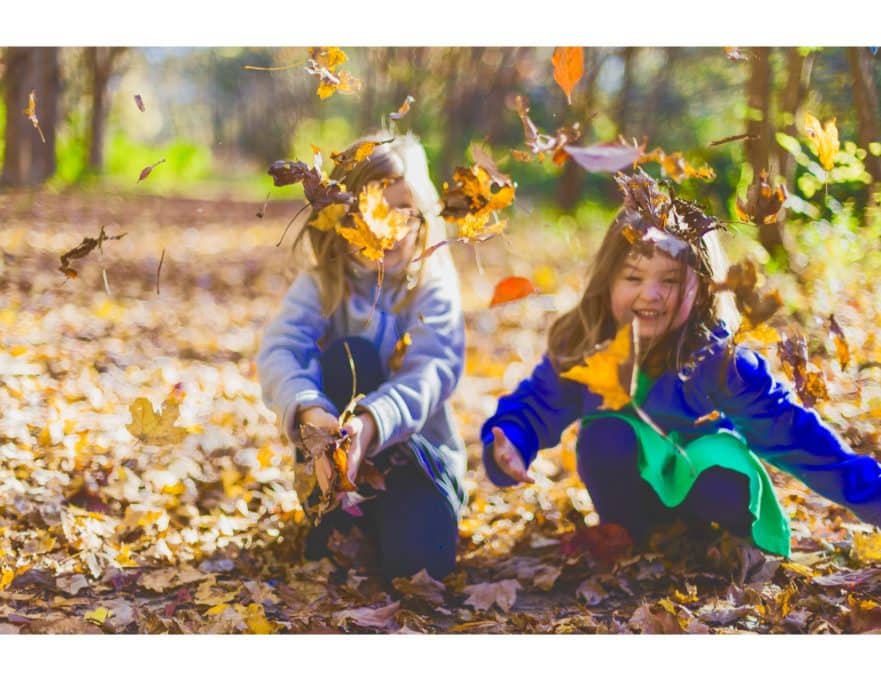One of the valuable ways to support your children’s healthy development is as easy as opening the door and going outside. There is no question that regular, frequent opportunities to play outdoors help support the development of our children’s cognitive, social and physical development. Going outdoors, in the fresh air—whether on a windy, cold winter day or a warm summer day—the results usually bring a feeling of relaxation and peacefulness.
***************
POETRY CELEBRATING OUTDOOR PLAY

Written by LeUyen Pham
******************
A STICK IS AN EXCELLENT THING
A stick is an excellent thing.
If you find the perfect one,
It’s a scepter for a king.
A stick is an excellent thing.
It’s a magic wand. It’s yours to fling,
to strum a fence, to draw the sun.
A stick is an excellent thing
If you find the perfect one.
**************
TAKING A CLOSER LOOK AT PLANTS

As children learn about plants, the first step is observation. This activity is an introduction to the shapes of leaves. Take a walk and stop to look at the the shapes of leaves on plants. Tally your findings.


Link to activity pages:
Outdoor Activity
******************
CREATING LEAF PRINTS
Making painted leaf prints is a great way for children to experiment with printmaking. It’s also an opportunity for young children to learn to identify the trees and plants that grow in their yard, and to examine the different shapes and intricacies of their leaves.
Materials: Different shaped leaves, paper plates, washable tempra paint, brushes, paper, scissors and a flat outdoor work surface
Directions:
1. Fill a paper plates with a variety of colors and have the children paint the surface of their leaves.
2. Help your younger children carefully lay each leaf on the paper.
3. Then, they can press the leaf with the palm of their hand and gently rub around the edges to make the imprint.
I

OR
CRAYON LEAF RUBBINGS
Materials: Crayons, leaves and white paper
1. Collect some leathery leaves.
2. Place your leaves on a hard surface upside-down, so you can see the veins of the leaves.
3. Lay your paper on top of the leaf.
3. Peel away the paper on your crayon.
4. Use the side of your crayon and slowly rub it over your paper to reveal your leaf.


